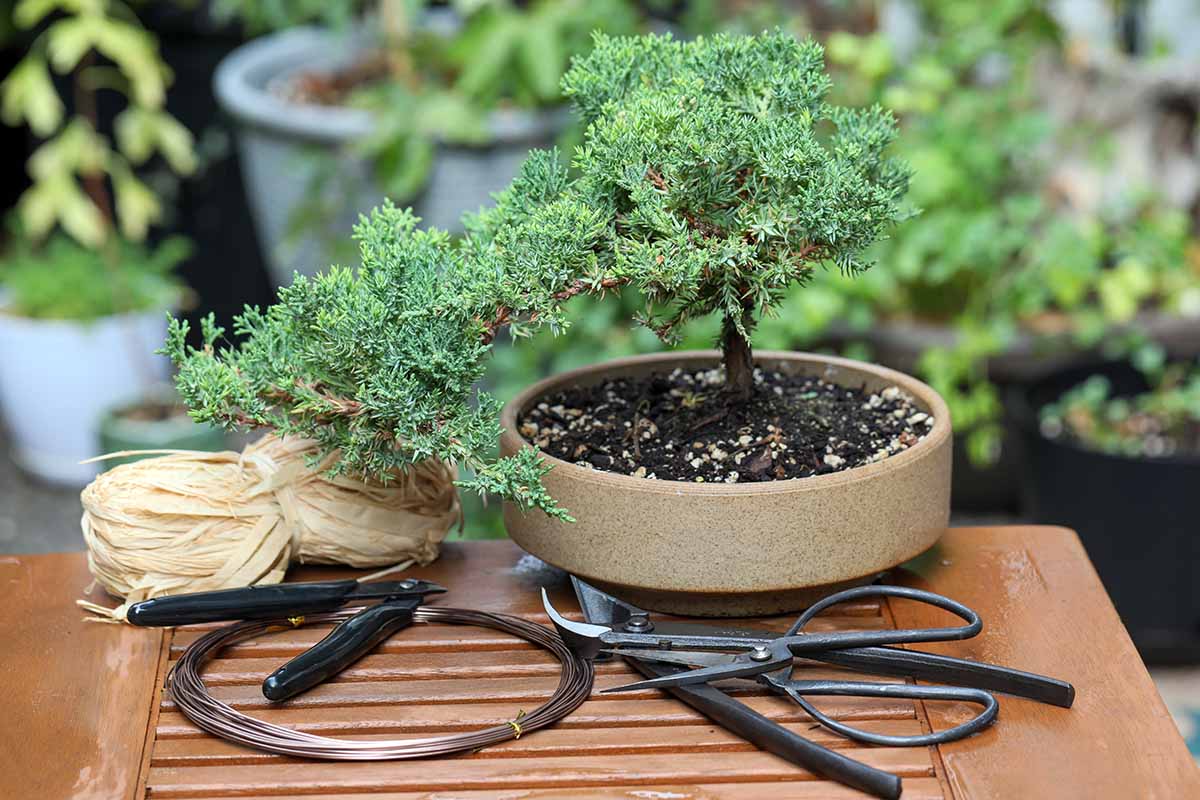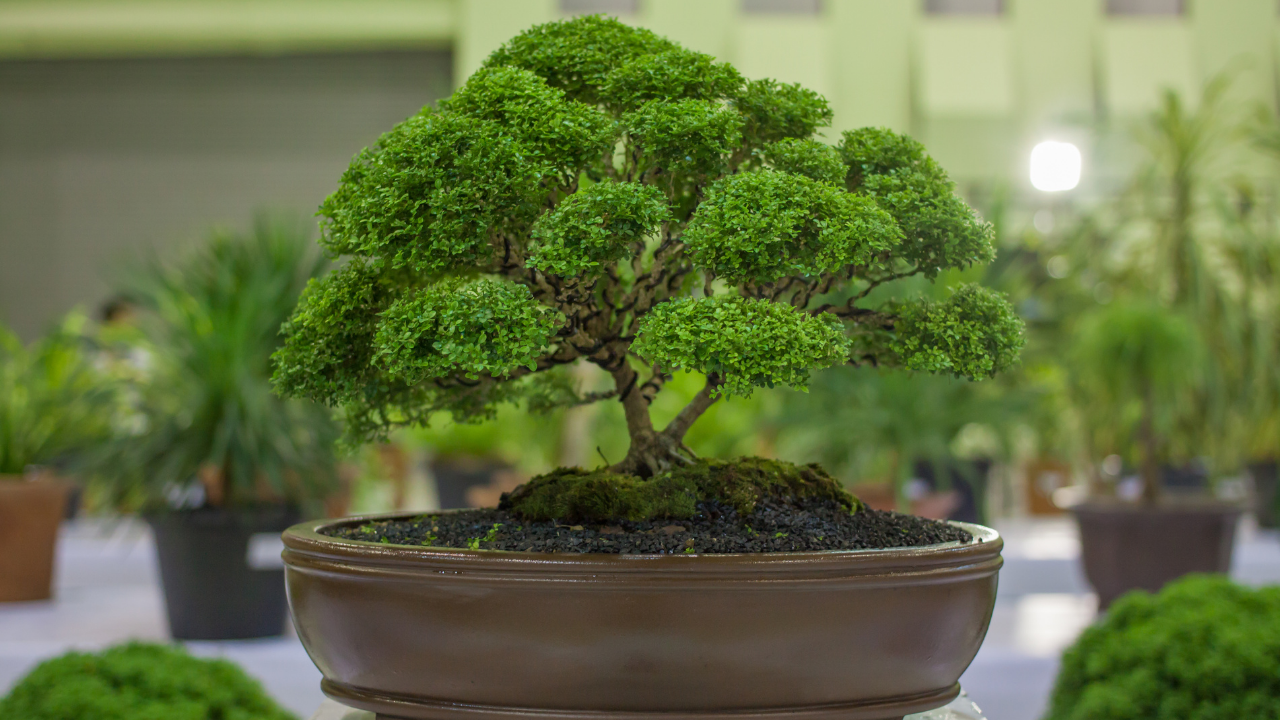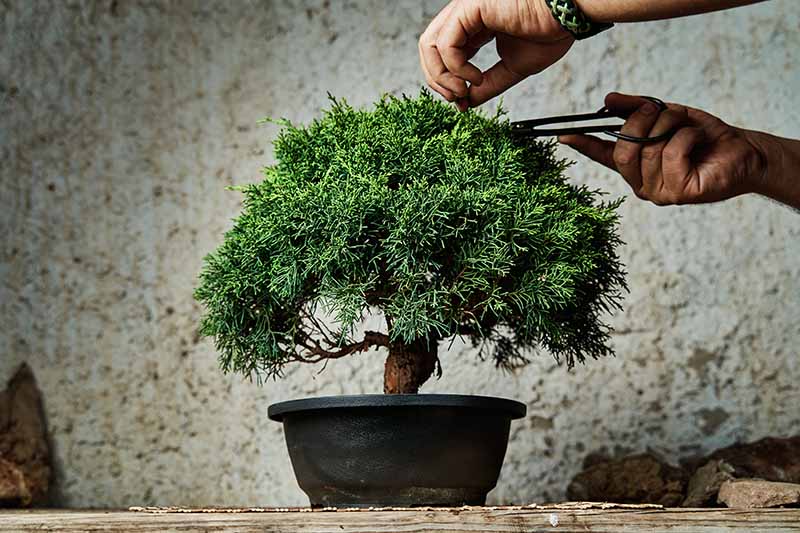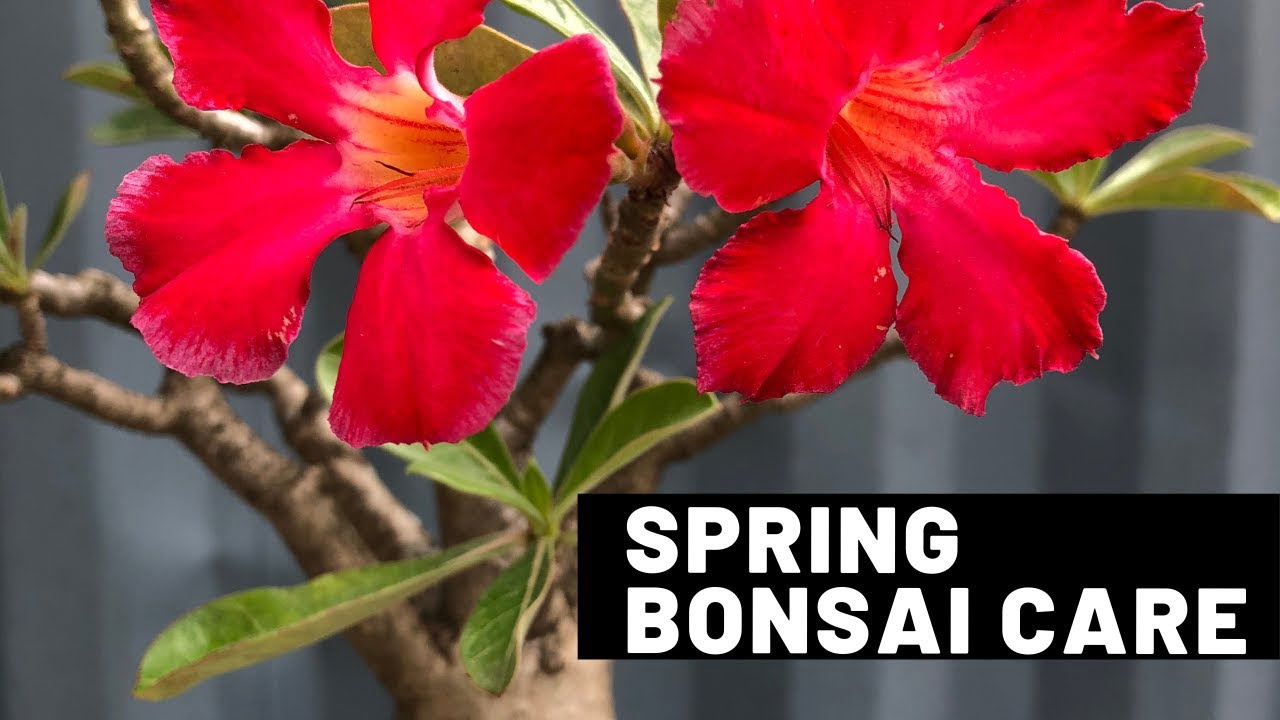We allow advertising on this website to support the blog. Some of content on this website was created with the help of AI.
Here’s the essential bonsai tree care supplies you need to maintain the health and beauty of your little arboreal companion. From watering cans to pruning shears, this article covers it all!
Bonsai tree care supplies.
If you’re a bonsai tree enthusiast looking to take proper care of your little arboreal companion, this is the perfect read for you. We’ll explore the essential supplies you’ll need to maintain the health and beauty of your bonsai tree, including watering cans, bonsai soil, pruning shears, and more. By the end of this article, you’ll have a clear understanding of the supplies required to nurture your bonsai tree and ensure its long-term vitality.
Bonsai Tree Care Supplies
Growing and caring for a bonsai tree is a rewarding and enjoyable hobby. However, to ensure the health and beauty of your bonsai, it’s important to have the right supplies on hand. In this article, we will explore the essential bonsai tree care supplies that every enthusiast should have.
Personal Preferences
When it comes to bonsai tree care supplies, personal preferences play an important role. Some enthusiasts prefer a more traditional approach, using traditional Japanese tools and supplies. Others may opt for modern tools and materials. It’s important to choose supplies that match your personal style and preferences.

Species Considerations
Different bonsai tree species have different care requirements, so it’s important to consider the specific needs of your tree when selecting supplies. For example, deciduous trees may require different fertilizers and pruning techniques compared to evergreen trees. Research the specific care requirements of your bonsai tree species and choose supplies accordingly.
Size and Age
The size and age of your bonsai tree will also influence the supplies you need. For small trees, you may need smaller pruning shears and wire cutters. Larger trees may require sturdier tools and heavier wire. Additionally, older trees may require specialized tools for root pruning and repotting. Consider the size and age of your bonsai tree when selecting supplies.

Proper Placement and Lighting
The placement and lighting of your bonsai tree are crucial for its health and appearance. Whether you choose to keep your bonsai indoors or outdoors, you need to consider the lighting requirements of your tree.
Indoor vs. Outdoor Bonsai
Indoor bonsai trees typically require bright, indirect light. Place them near a window where they can receive sufficient light. Outdoor bonsai trees, on the other hand, need to be placed in an area that receives the appropriate amount of sunlight for their specific species. Consider the lighting requirements of your tree when choosing its placement.
Lighting Requirements
In addition to considering the placement of your bonsai tree, it’s important to provide the right lighting conditions. Some bonsai trees require full sunlight, while others prefer partial shade. Research the specific lighting requirements of your tree species and choose the right lighting supplies, such as grow lights or shade cloth, if necessary.
Avoiding Temperature Extremes
Bonsai trees are sensitive to temperature extremes, so it’s important to provide them with a stable environment. Avoid placing your tree near drafty windows or in areas prone to extreme heat or cold. Use temperature monitoring tools, such as a thermometer, to ensure your bonsai tree is kept in an optimal environment.
Watering and Moisture Control
Proper watering and moisture control are essential for the health and survival of your bonsai tree. Having the right supplies for watering and moisture management is crucial.
Monitoring Soil Moisture
One of the key aspects of bonsai tree care is monitoring the moisture level of the soil. Overwatering or underwatering can have detrimental effects on your tree’s health. Use a moisture meter or simply check the moisture level with your finger to determine when to water your bonsai.
Watering Techniques
Different bonsai trees have different watering needs, so it’s important to learn the appropriate watering techniques for your specific tree species. Some trees prefer to dry out slightly between waterings, while others require more frequent watering. Use a watering can or hose attachment with a gentle spray to provide water to your bonsai tree.
Humidity Control
Humidity control is also important for the health of your bonsai tree. Some trees, especially tropical varieties, require higher humidity levels. Consider using a humidity tray or a humidifier to create a more humid environment for your bonsai. Additionally, misting the leaves of your tree can help increase humidity levels.

Fertilizing and Nutrient Needs
Proper fertilization is essential for the healthy growth and development of your bonsai tree. Understanding the nutritional requirements of your tree and choosing the right fertilizer are key.
Understanding Nutritional Requirements
Different bonsai tree species have different nutritional needs. Some trees may require more nitrogen, while others may require more phosphorus or potassium. Research the specific nutritional requirements of your tree species and choose a fertilizer that matches those needs.
Choosing the Right Fertilizer
There are various types of fertilizers available for bonsai trees, including liquid, granular, and organic options. Liquid fertilizers are more quickly absorbed by the tree, while granular fertilizers release nutrients slowly over time. Organic fertilizers are derived from natural sources and provide a more balanced nutrient profile. Consider your tree’s nutritional needs and choose the right fertilizer accordingly.
Application Methods
Applying fertilizer correctly is important for the health of your bonsai tree. Follow the instructions provided by the manufacturer and apply the fertilizer at the appropriate times and concentrations. Avoid overfertilizing, as this can lead to root burn and other issues. Consider using a measuring spoon or cup to ensure accurate application of the fertilizer.
Pruning and Shaping Techniques
Pruning and shaping are key techniques used in bonsai tree care to achieve the desired size and shape. Having the right tools for pruning and shaping is essential.
Basic Pruning Principles
Pruning is the process of removing unwanted branches or foliage from your bonsai tree. This technique helps maintain the desired shape and promotes healthy growth. Tools such as pruning shears, concave cutters, and knob cutters are commonly used for pruning. Learn the basic pruning principles and techniques for your bonsai tree species.
Selective Branch Removal
Selective branch removal is an important technique used to shape and refine the branches of your bonsai tree. Specialized branch cutters or branch splitters can be used to remove branches cleanly and with minimal damage to the tree. Practice caution and follow proper techniques to avoid unnecessary damage to your bonsai.
Wiring and Positioning
Wiring is a technique used to position and shape the branches of your bonsai tree. Copper or aluminum wire is wrapped around the branches and trunk to guide their growth. Wire cutters and wire pliers are essential tools for this technique. Take care to wrap the wire gently to avoid damaging the tree’s bark.

Pest and Disease Prevention
Pests and diseases can cause significant damage to bonsai trees if not properly managed. Regular inspection and maintenance, as well as the use of organic solutions, can help prevent and treat common issues.
Common Pests and Diseases
Common pests that can affect bonsai trees include aphids, scale insects, and spider mites. Diseases such as fungal infections and root rot can also occur. Learn to identify common pests and diseases that affect your tree species and take appropriate measures to prevent or treat them.
Regular Inspection and Maintenance
Regularly inspect your bonsai tree for signs of pests or diseases. Look for spots on the leaves, wilting foliage, or unusual growth patterns. Remove any affected leaves or branches and treat the tree with appropriate organic solutions, such as neem oil or insecticidal soap. Regular maintenance and care will help keep your bonsai tree healthy and pest-free.
Organic Solutions
When it comes to pest and disease control, organic solutions are often preferred by bonsai enthusiasts. Organic insecticides, fungicides, and miticides are available to treat infestations or infections. These solutions are considered safe for the environment and can be used without harming beneficial insects.
Choosing the Right Bonsai Tools
Having the right bonsai tools is crucial for proper care and maintenance. From basic tools for beginners to specialized tools for advanced techniques, there are various options to consider.
Essential Tools for Beginners
If you are new to bonsai, there are a few essential tools that you should have in your arsenal. These include pruning shears, concave cutters, wire cutters, and a root rake. These basic tools will help you get started with the basic pruning and shaping techniques.
Specialized Tools for Advanced Techniques
As you advance in your bonsai journey, you may want to invest in specialized tools for more advanced techniques. These can include root pruning tools, grafting knives, carving tools, and branch splitters. These tools will allow you to take your bonsai artistry to the next level.
Quality and Maintenance
When choosing bonsai tools, it’s important to invest in quality tools that will last. Look for tools made from durable materials and with sharp blades. Regularly clean and oil your tools to keep them in proper working condition. Proper maintenance will ensure that your tools stay sharp and functional for years to come.

Potting and Repotting Guidelines
Potting and repotting are important aspects of bonsai tree care. Having the right pots and understanding the proper techniques for potting and repotting is essential.
Selecting Suitable Pots
Choose pots that are suitable for the size and style of your bonsai tree. Consider the drainage needs of your tree and select pots with adequate drainage holes. Ceramic pots are commonly used for bonsai trees, as they provide stability and aesthetic appeal. Plastic or wooden training pots can also be used during the initial stages of shaping and training your bonsai.
Repotting Frequency
Bonsai trees need to be repotted periodically to ensure proper root health and prevent root binding. The frequency of repotting depends on the age and growth rate of your tree. Younger trees may need to be repotted every one to two years, while older trees may require repotting every three to five years. The appropriate time for repotting is typically in early spring, before the tree starts actively growing.
Root Pruning
When repotting your bonsai tree, root pruning is an important technique that helps maintain a healthy root system. Root pruning involves carefully trimming the roots to promote fine feeder root growth and prevent root circling. Use root pruning tools, such as root scissors or root hooks, to remove any thick or tangled roots. Take care not to remove too many roots, as this can stress the tree.
Decorative Accessories and Displays
Enhancing the aesthetic appeal of your bonsai tree is an important part of bonsai care. Using decorative accessories and displays can elevate the overall visual impact of your tree.
Enhancing the Aesthetic Appeal
Consider adding decorative elements to complement your bonsai tree. Rocks, stones, or moss can be used to create a natural-looking landscape around the tree. Miniature figurines or lanterns can also be added to create a whimsical or traditional atmosphere. Choose accessories that match the style and theme of your bonsai tree.
Accent Plants and Moss
Including accent plants or moss in your bonsai display can provide additional visual interest. Accent plants are small, complementary plants that are placed near the bonsai tree. Moss can be used to cover the soil surface of the pot, creating a lush and natural appearance. Choose accent plants and moss that thrive in the same light and moisture conditions as your bonsai tree.
Choosing the Right Display Stand
A display stand or table is an important part of showcasing your bonsai tree. Choose a stand that complements the size and style of your tree. The stand should be sturdy to support the weight of the tree and should elevate it to a proper viewing height. Consider the material, shape, and design of the stand to ensure it enhances the overall presentation of your bonsai.
Conclusion
Caring for a bonsai tree requires dedication, patience, and the right supplies. By choosing the appropriate bonsai tree care supplies, you can ensure the health and beauty of your tree. From tools for pruning and shaping to pots for potting and repotting, each supply plays a crucial role in the care and maintenance of your bonsai tree. Remember to consider personal preferences, species considerations, and the specific needs of your tree when selecting supplies. With the right supplies and continued learning, your bonsai tree will thrive and bring you years of enjoyment.



